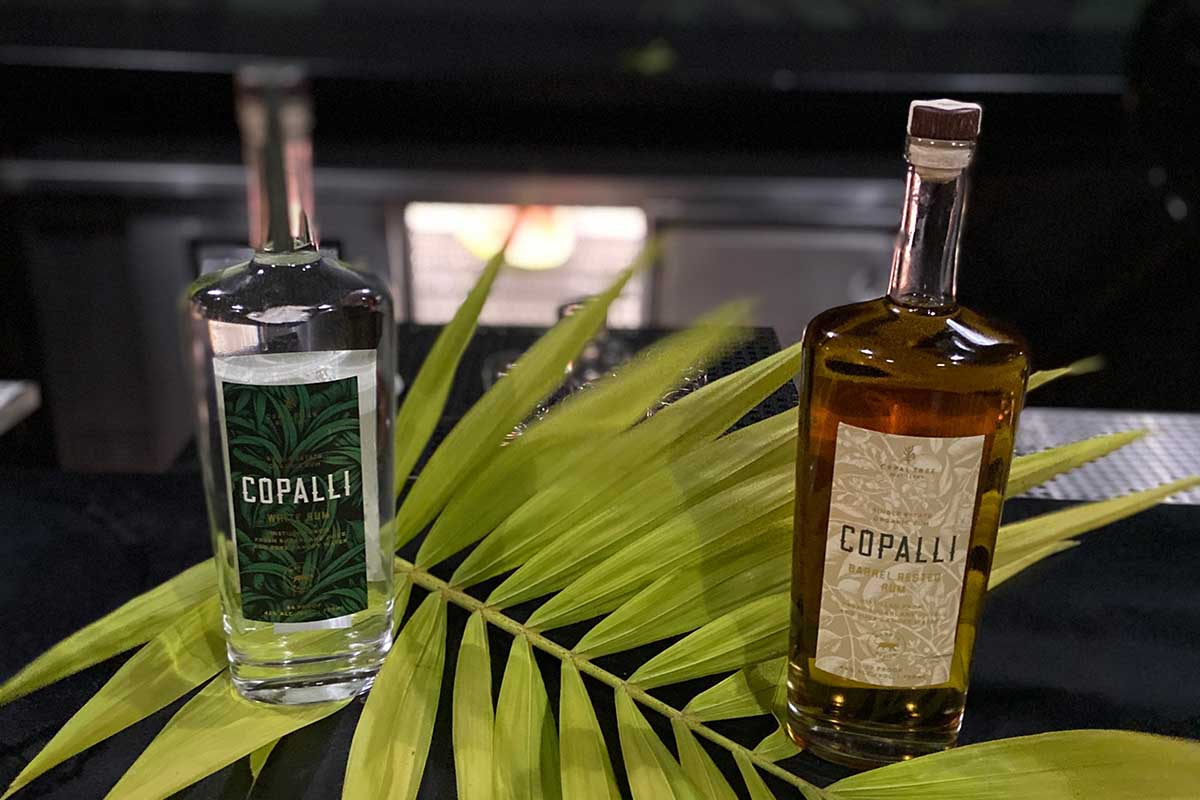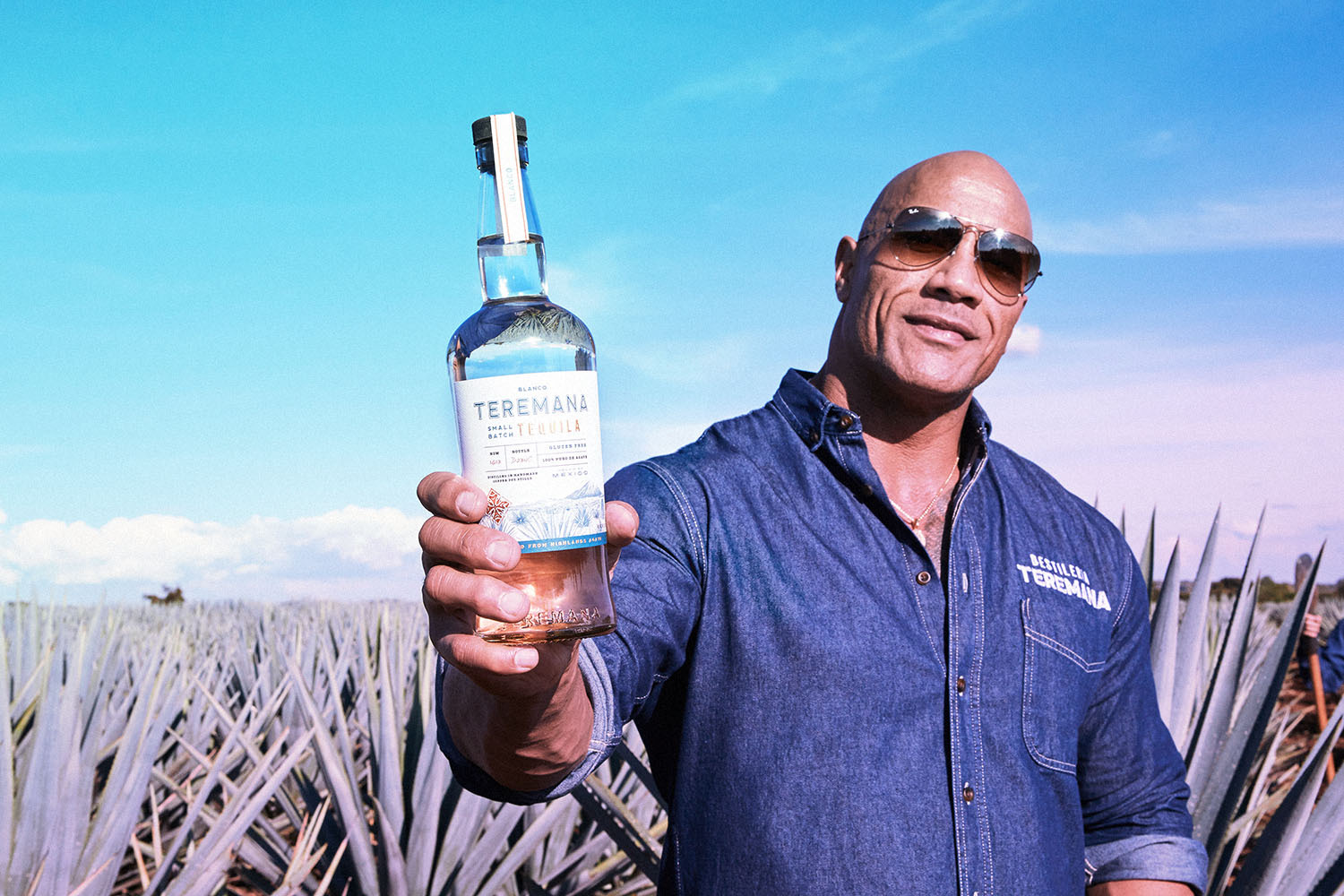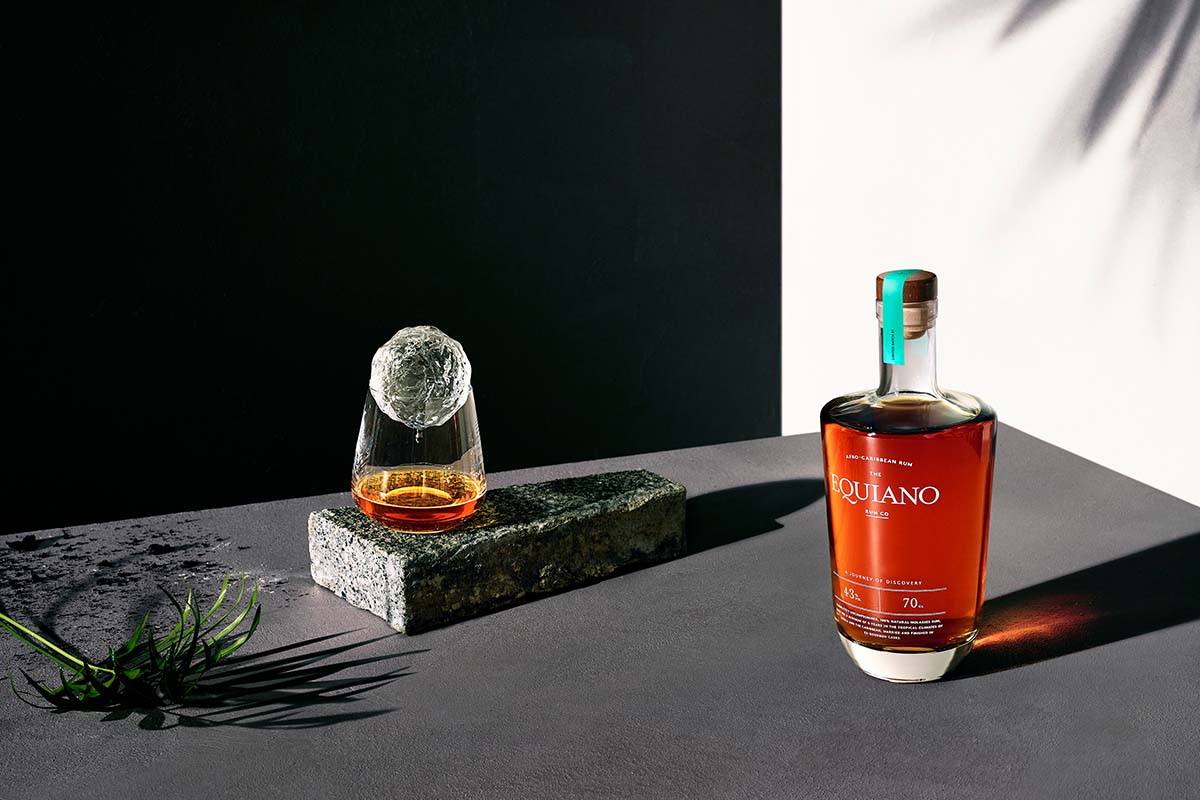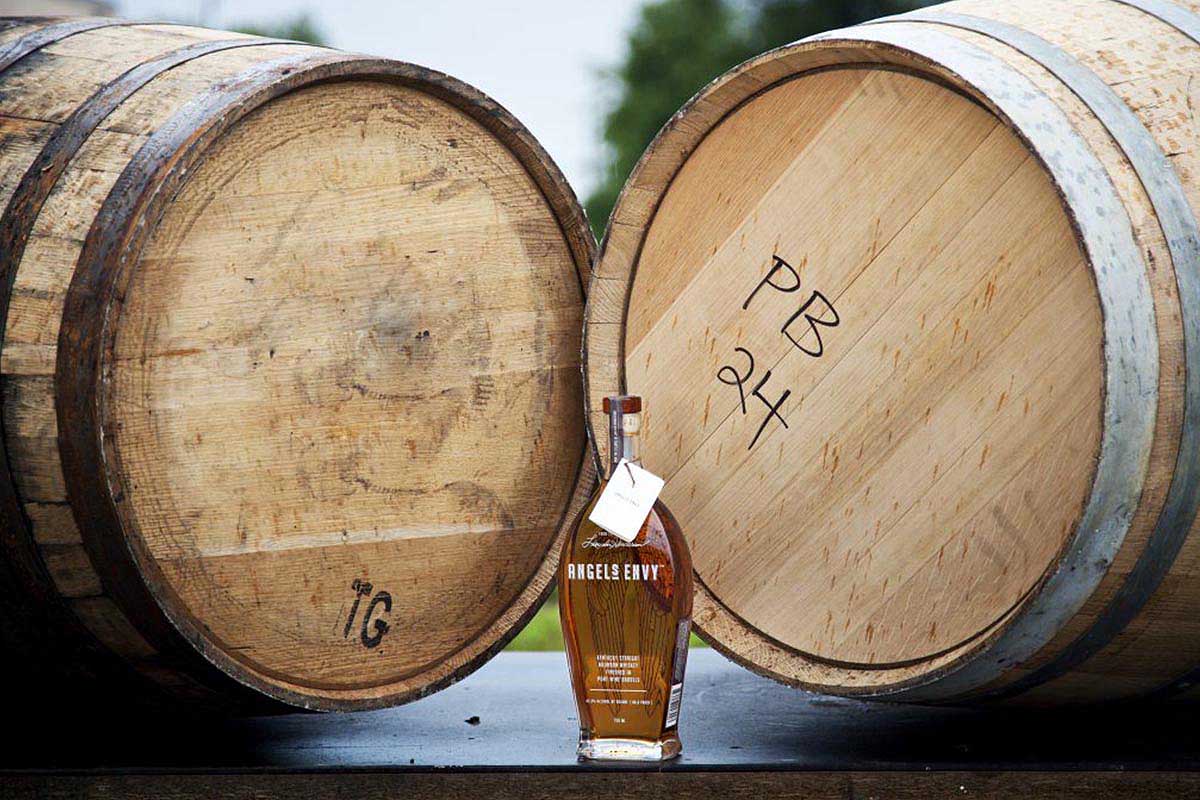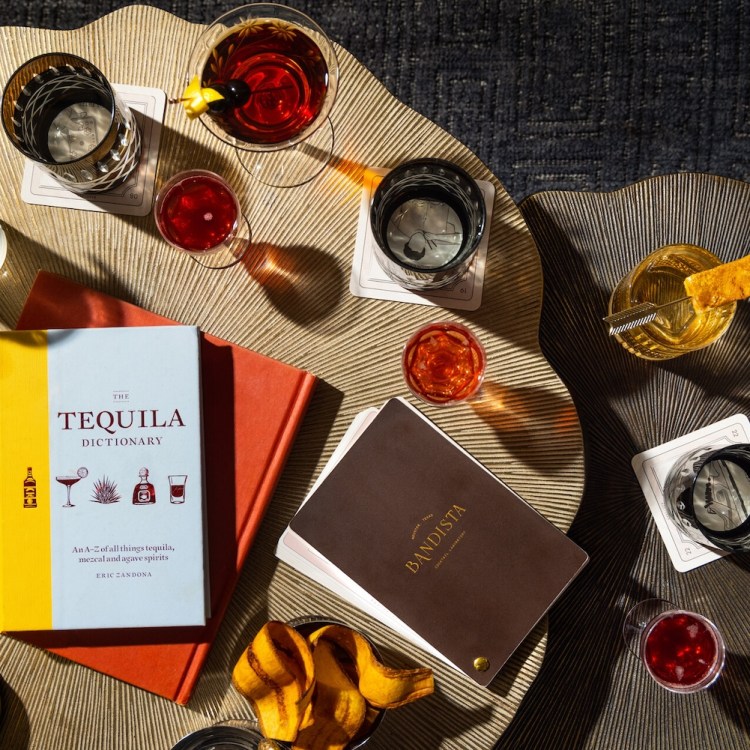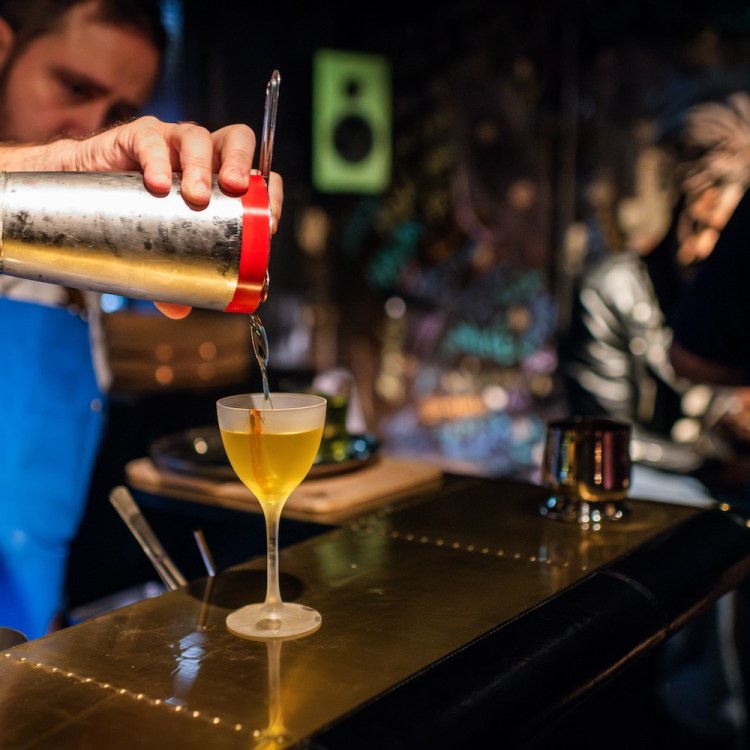What we’re drinking: Copalli, an organic single-estate rum from southern Belize.
Where it’s from: Copalli was co-founded by Anya Fernald, the CEO of Belcampo (a restaurant chain and online butcher that’s centered on transparency, eco-consciousness and humane practices) and Todd Robinson, a Marine Conservationist.
“Todd is a rum aficionado and wanted to do something with the land that was sustainable and has a meaningful economic impact for the community surrounding the distillery,” as Fernald told us (note: we visited the distillery last fall — if you visit, bring all the bug spray — and had a follow-up conversation earlier this year). “Rum made from fresh sugar cane was the obvious choice.”
The sustainability efforts from the brand are impressive: according to Fernald, “everything that comes from the land goes back to it within one growth cycle of sugarcane” (which is about 12 months).” The fibers left from the crushed sugar cane are used to fire the boiler which provides energy for the distillery. The resulting ash is sent back to the fields and the liquid left over from distillation is returned to the fields for irrigation and fertilization. The CO2 produced by the boiler and fermentation is also recaptured by the following year’s sugarcane crop..
The rum itself is crafted from heirloom sugar cane, yeast and rainforest canopy water sourced from the distillery’s Belizean farm … which sits next to a luxurious eco-resort called the Copal Tree Lodge, located within 22,000 acres of rainforest preserve within the Maya Mountains of Punta Gorda.
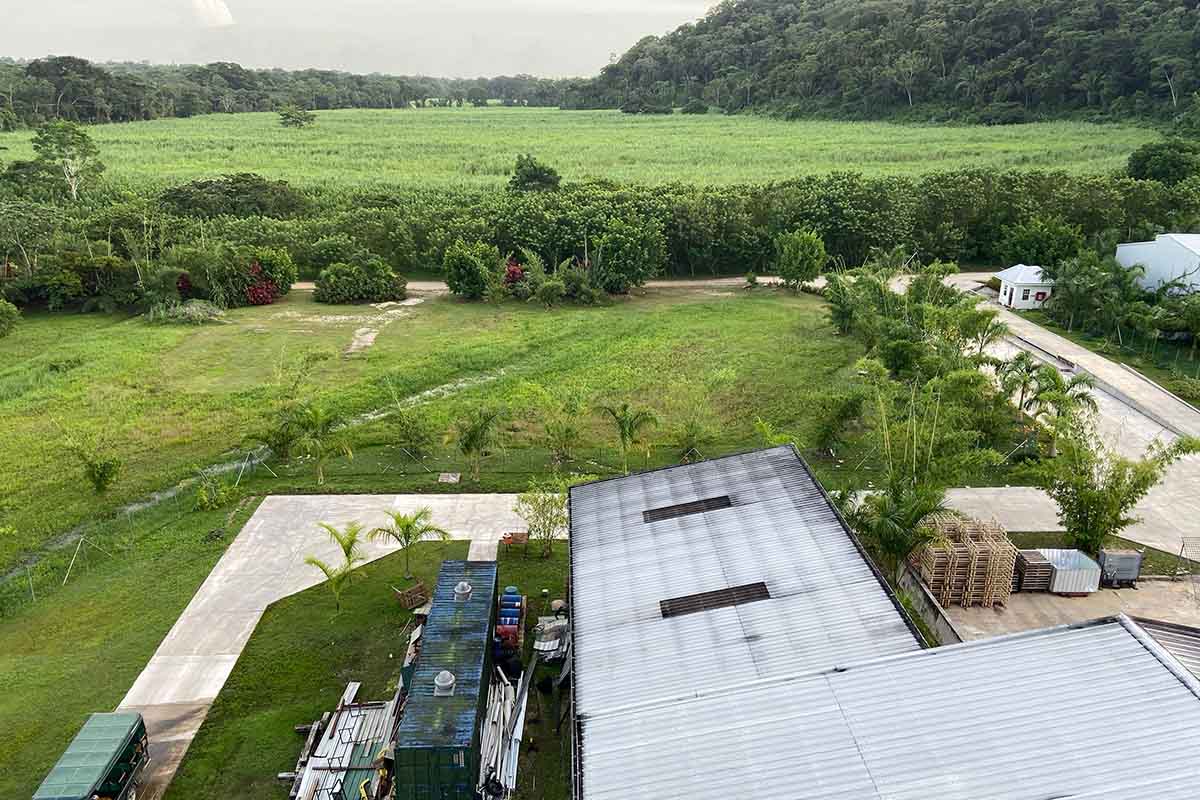
Why we’re drinking this: “Rum from Belize” is not a well-known or discussed category; we were interested in both the unusual locale and the distillery’s sustainable endeavors.
“There are a couple of established rum distilleries in Belize that use molasses produced by the industrial sugar cane mills in the north of the country,” explains Fernald. “Those are relatively low priced, party-time brands. What we produce didn’t exist in Belize before.”
Their methods are working, as the brand’s core product was awarded “White Rum of the Year” at the 2019 New York International Spirits Competition.
We were also intrigued by having a rum crafted from someone who doesn’t have a typical background. “Before this, I wasn’t particularly interested in rum, but since I was trained as an eau de vie maker — I spent time in Cognac — I’ve always been interested in fermenting and distilling agricultural products that express the land from which they were grown,” says Ed Tiedge, Copalli’s Master Distiller.
Copalli is distilled from fresh sugar cane juice as opposed to molasses, another rarity (“Nobody is making pot still cane juice rum,” Tiedge notes). The white rum utilizes both column and pot stills (about a 25-75% ratio), while the Barrel Rested variation is exclusively pot-still distillation, then aged in American Oak used barrels via Jack Daniel’s.
How it tastes: “Cane juice rum can be a little aggressive the first time you have it,” Tiedge warned us when we visited last fall.
We disagree! This is smooth. The white rum has a grassiness on the nose, with hints of tropical fruit, pepper and pineapple. It’s bright and delicious. The Barrel Rested features a hint of caramel both on the nose and palate and a slightly creamier mouthfeel, while leaving the mouth a bit dry after the first sip.
These are rums for cocktails, certainly. Daiquiris, Ti Punch and mojitos for the white, a ginger buck for the rested (which also pairs well with dessert).
Fun fact: The brand has released a Cacao Flavored Rum that uses the organic cacao grown on their farm. It’s excellent (try in a rum Old Fashioned), but not yet available outside of Belize.
Where to buy: Outside of California (or Belize) it’s a little harder to pick up, but you can use the Whisky Exchange, Drizly or Del Mesa Liquor to get a bottle.
Join America's Fastest Growing Spirits Newsletter THE SPILL. Unlock all the reviews, recipes and revelry — and get 15% off award-winning La Tierra de Acre Mezcal.
